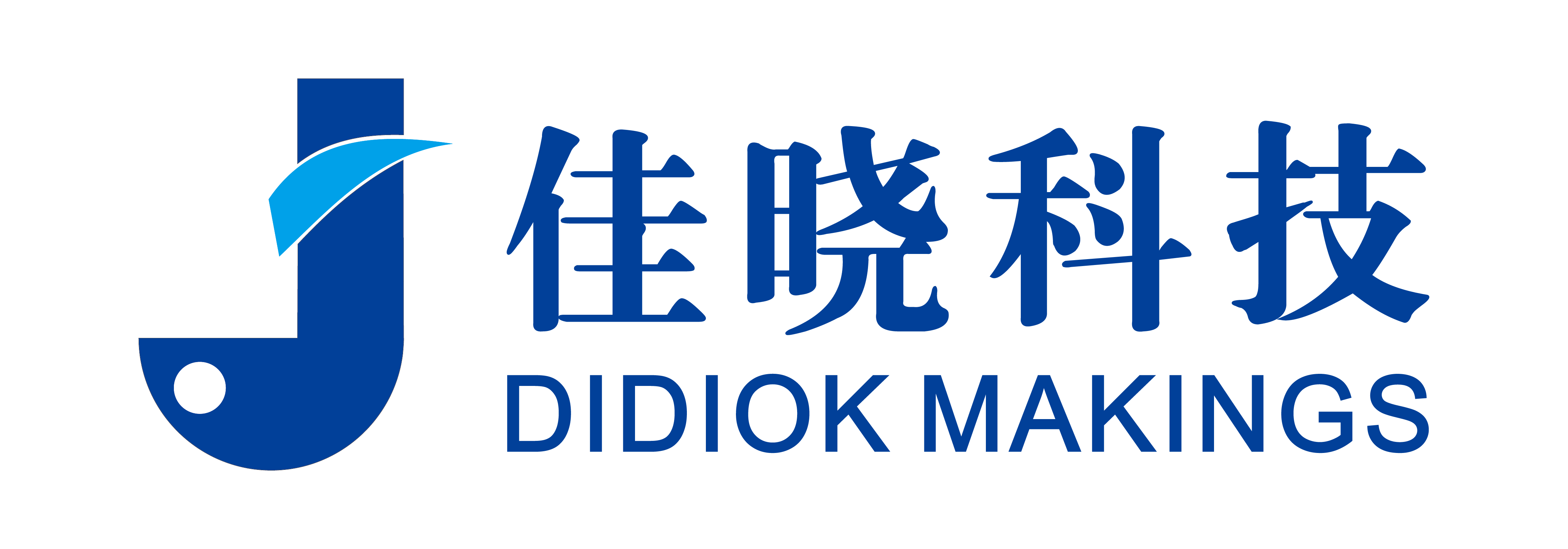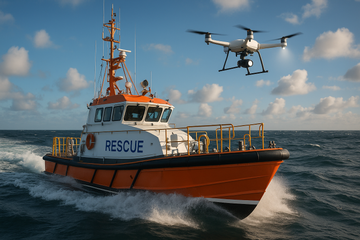In the heart of Chongqing’s Qijiang District, a quiet revolution in emergency response is underway. As climate change intensifies seasonal floods—with China experiencing a 12% increase in extreme precipitation events since 2020—local authorities are training with cutting-edge self-righting rescue boats. Funded by national debt programs, this innovation aims to tackle the deadliest challenges of flood rescue. What makes this initiative groundbreaking is not just the boat itself, but its integration with aerial technologies like the JX-6A water rescue drone, creating a synergy that is rewriting the rules of life-saving operations in hostile waters.
Self-Righting Boats: Engineering Against the Odds
At first glance, the self-righting rescue boat seems unremarkable—until you witness its signature trick. In raging rapids, the vessel can flip back upright in just three seconds, thanks to its buoyancy-optimized hull design and 12 independent airbags that serve as a redundant flotation system.
“It’s like a seatbelt for the sea,” explains Li Wei, the captain leading the Qijiang training. “In 15 years of rescue work, I’ve seen too many good people drown because their boat capsized. This design turns a death sentence into a second chance.”
Key technical highlights include:
-
Crew and Capacity: Operated by 2 personnel but capable of carrying up to 11 survivors—a critical advantage for mass evacuations.
-
Durability: Reinforced PVC hull with a puncture-resistant layer (tested to withstand debris impact at up to 30 km/h) and energy-absorbing fenders.
-
Maneuverability: A 60-horsepower outboard motor with variable thrust control enables navigation in currents up to 4 m/s—enough to counter typical flood flows.
In simulated dam-break drills, trainees deliberately capsized the boat in 2.5 m/s rapids; the self-righting system activated instantly, and crews were operational again within 10 seconds.
“That’s the difference between saving lives and becoming a statistic,” notes Li Wei.
Training for the Unthinkable: “Theory + Practice + Debrief”
The Qijiang training program is about more than mastering hardware—it’s about forging muscle memory amid chaos. Its three-phase model includes:
-
Classroom Theory: Covering hydrology basics, risk assessment matrices, and equipment mechanics (e.g., why the 12 airbags are divided into 4 independent zones to prevent total loss of buoyancy).
-
Hands-On Drills: Progressing from calm-water navigation to “whitewater obstacle courses” with submerged hazards and simulated victims.
-
After-Action Reviews: Video analysis of each exercise, focusing on decision-making under pressure.
One standout drill pairs the self-righting boat with the JX-6A water rescue drone—a 4.38 kg amphibious rescue drone redefining rapid response. Equipped with a single-axis gimbal camera and offering 190N of buoyancy, the JX-6A can reach victims up to three times faster than traditional rescue equipment.
How the Synergy Works
During a simulated “flash flood” exercise, the drone first scanned the area, transmitting real-time images of three “trapped” volunteers to a tablet on the rescue boat. The JX-6A then hovered precisely above the most critical “victim,” serving as a floating rescue platform, while the boat navigated to the remaining people using the drone’s GPS coordinates.
“In the past, we wasted precious time searching with binoculars,” explains instructor Zhang Hua. “Now the drone gives us a God’s-eye view, and the boat finishes the rescue.”
JX-6A Drone: Aerial Lifeguard, Not a Gimmick
Critics may see drones as over-engineering, but the JX-6A’s value is rooted in harsh realities. In 2024 alone, 37% of flood-related rescuer deaths in China occurred while trying to reach inaccessible areas—exactly the scenario where drones excel.

Key capabilities include:
-
All-Weather Reliability: IP68 waterproofing allows multiple water take-offs and landings; wind resistance up to Level 6 (10.8–13.8 m/s) enables operation in storms.
-
Precision Proximity: With 190N buoyancy, it can hover as a rescue platform directly beside victims—even in 1.8 m/s crosswinds.
-
Risk Mitigation: By deploying the drone first, rescuers avoid blindly entering lethal currents. This shift is transformative in scenarios like the 2023 Sichuan floods, where 11 rescuers died in a single whirlpool accident.
In Qijiang’s training, the drone-boat pairing reduced victim rescue times by 40% compared to traditional methods and eliminated the need for rescuers to initially enter dangerous waters.
The Human Factor: Why “Man-Machine Teaming” Is Critical
Despite its engineering excellence, the self-righting boat’s effectiveness ultimately depends on its crew. The most intense part of training is “failure mode simulation,” where systems are intentionally disabled (e.g., cutting power to one motor) to test adaptability.
“We had one team panic and forget the manual bilge pump,” recalls Zhang Hua. “That’s why we repeat drills until procedures become instinct.”
This focus on human factors aligns with a broader shift in China’s emergency philosophy: technology should augment, not replace, human judgment. For example, the JX-6A provides data, but the rescue boat crew makes the final approach decision—a critical factor in unpredictable waters.
Traditionalists worry that heavy reliance on technology breeds complacency. Yet data tells a different story: since 2022, regions using integrated drone-boat systems have seen a 28% reduction in rescuer injuries.
“This isn’t about replacing skills,” counters Li Wei. “It’s about giving skilled rescuers tools to live longer—and save more lives.”
Conclusion: Redefining Resilience
As climate change amplifies flood risks, Qijiang’s pilot program offers a blueprint for proactive preparedness. Self-righting boats and JX-6A drones aren’t just gadgets—they’re a moral imperative. In a country where 80% of natural disasters are water-related, investing in such technologies is not only sound policy; it’s a commitment to valuing life over outdated methods.
Ultimately, the true measure of success won’t be in training drills but in real-world outcomes. When the next “once-in-a-century” flood strikes, Qijiang’s rescuers will respond not just with courage but with a fusion of engineering and training that turns the impossible into survivable.
At the end of the day, it’s simple: better tools save more lives. And in the path of a storm, that’s the only metric that matters.





